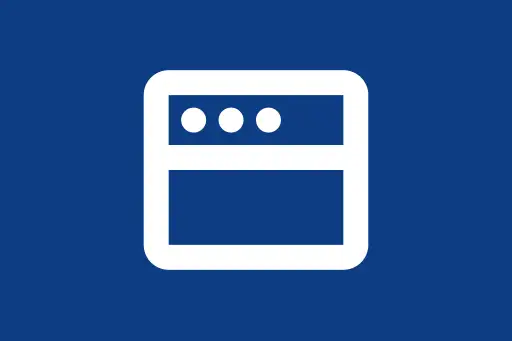Conditional Statements in JavaScript
if, else if, else, and switch
Understanding Conditional Statements in JavaScript
At the core of any dynamic program lies decision-making. JavaScript gives you the tools to evaluate expressions and conditionally execute blocks of code using conditional statements. These include if, else if, else, and switch — each powerful in their own use case.
The if Statement
The if statement is the most basic form of control structure. It allows your code to make decisions based on a condition that evaluates to true or false.
let age = 20;
if (age >= 18) {
console.log("You are eligible to vote.");
}
You are eligible to vote.The if-else Statement
When you want to do something if the condition is true, and something else if it's false, use if-else.
let isRaining = false;
if (isRaining) {
console.log("Take an umbrella.");
} else {
console.log("Enjoy the sunshine!");
}
Enjoy the sunshine!The if-else if-else Ladder
Sometimes, multiple conditions need to be tested sequentially. The if-else if-else structure handles this elegantly.
let score = 85;
if (score >= 90) {
console.log("Grade: A");
} else if (score >= 75) {
console.log("Grade: B");
} else if (score >= 60) {
console.log("Grade: C");
} else {
console.log("Grade: F");
}
Grade: BTruthy and Falsy Values in JavaScript
In JavaScript, conditions don’t need to be strictly true or false. Some values are considered truthy (evaluate to true), while others are falsy (evaluate to false).
- Falsy values:
false,0,"",null,undefined,NaN - Truthy values: Everything else
let username = "";
if (username) {
console.log("Username is set");
} else {
console.log("Username is empty");
}
Username is emptyThe switch Statement
When you're checking a single value against many possible matches, switch becomes more readable and efficient than a long if-else ladder.
let fruit = "apple";
switch (fruit) {
case "banana":
console.log("Bananas are yellow.");
break;
case "apple":
console.log("Apples are red or green.");
break;
case "orange":
console.log("Oranges are orange.");
break;
default:
console.log("Unknown fruit.");
}
Apples are red or green.Best Practices with switch
- Always include
breakto prevent fall-through unless explicitly desired. - Use
defaultto catch unmatched cases.
Nested Conditional Statements
Sometimes, conditions are dependent on one another. In such cases, you can nest conditionals.
let age = 22;
let hasLicense = true;
if (age >= 18) {
if (hasLicense) {
console.log("You can drive.");
} else {
console.log("You need a license to drive.");
}
} else {
console.log("You are too young to drive.");
}
You can drive.Ternary Operator – A Shortcut
The ternary operator is a compact way to write simple if-else conditions:
age = 22;
let access = age >= 18 ? "Granted" : "Denied";
console.log(access);
GrantedWhen to Use What?
| Use | Statement |
|---|---|
| Single condition | if |
| Two outcomes | if-else |
| Multiple ranges or values | if-else if or switch |
| Compact, simple logic | ternary |
Real-World Use Case Example
Imagine a login system where we verify if a user is admin, user, or guest:
let role = "admin";
if (role === "admin") {
console.log("Access to admin dashboard.");
} else if (role === "user") {
console.log("Access to user dashboard.");
} else {
console.log("Access denied.");
}
Access to admin dashboard.Summary
Conditional statements are the decision-makers in your JavaScript applications. Whether you're showing a message, calculating a grade, or toggling UI elements, mastering if, else, switch, and the ternary operator gives you control over program flow with precision and elegance.
Practice with different scenarios — change variables, test edge cases, and mix conditions. These seemingly simple statements are your gateway to logic-driven applications.











Comments
Loading comments...